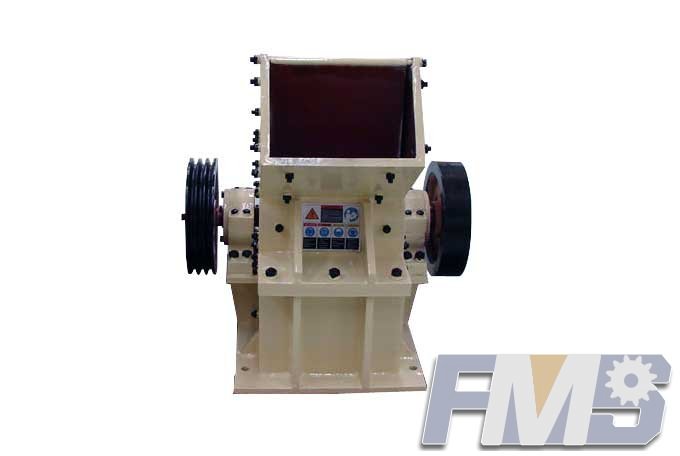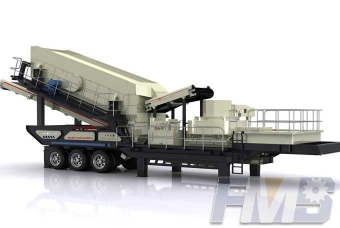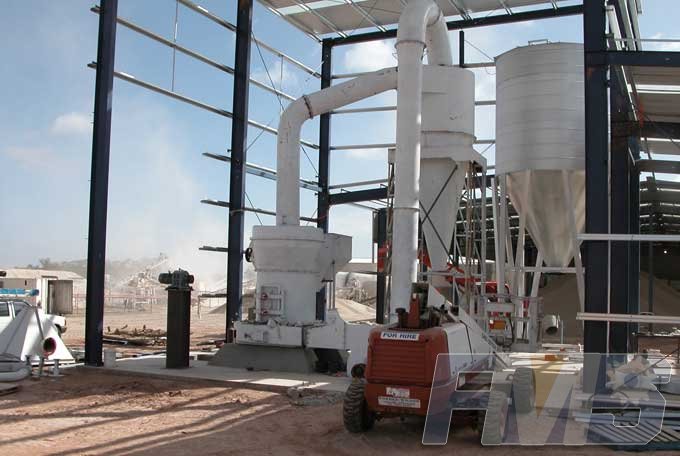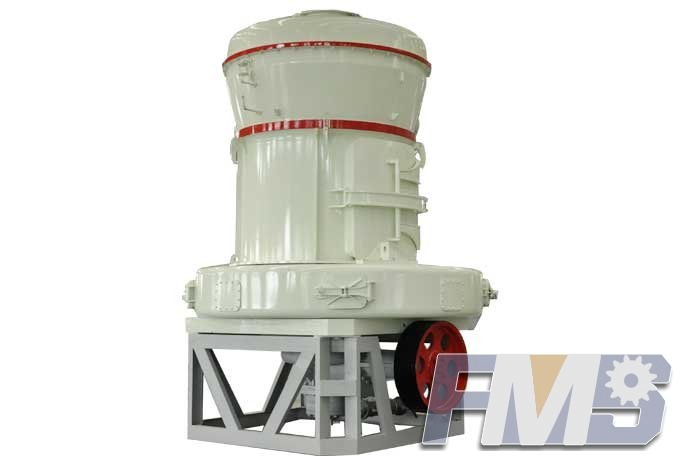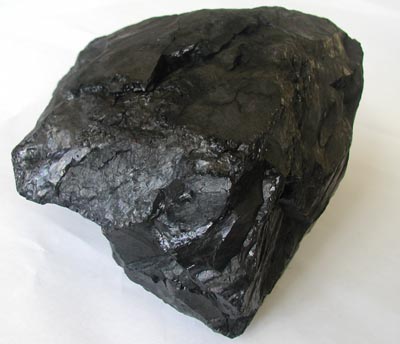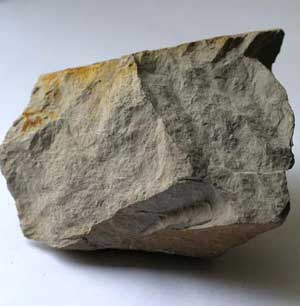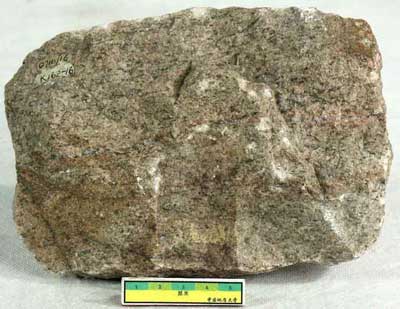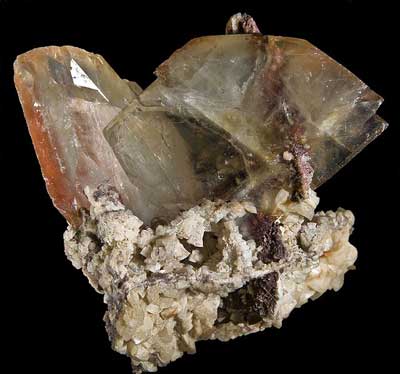Selection and Sizing of High Pressure Grinding Rolls
High-pressure grinding rolls (HPGRs) are increasingly becoming a part of the hard-rock processing picture through their energy efficiency, the ability to induce microcracks and preferential liberation, coupled with high throughput and high reduction ratio. Given that the machine is still not regarded by many as an off-the-shelf piece of process equipment, there is work required to define guidelines for its use and to provide engineers with tools they can use.
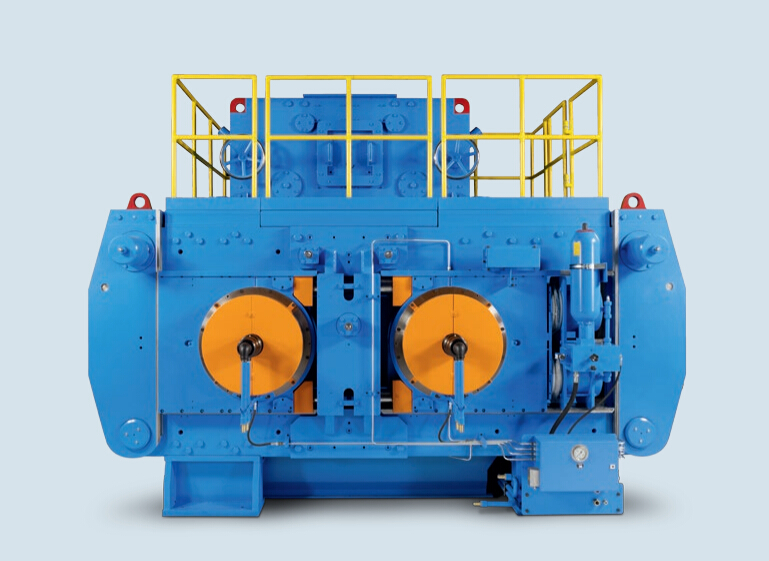
High-pressure grinding rolls (HPGRs) have struggled for acceptance into the hard-rock mining sector. Many of the issues that restricted their widespread use have now been conquered, but it is still regarded as an “immature” technology. Why is this the case? In contemplating an answer to the issue of the “immaturity,” the status of other accepted technologies must be examined. As an example, the traditional compression- style cone-gyratory crushers can be considered. When a plant design is being assembled, every well-equipped engineer will be able to turn to numerous rules of thumb associated with these crushers—even without reference to textbooks or suppliers. The types of rules referenced above include:
- Product-size distribution will be approximately 80% passing the closed-side setting— with poor applications dropping to 50%.
- Centralized and circumferentially distributed feed is required to extract the best performance.
- Profile and condition of the crushing liners is critical to deliver the best distribu- tion of energy into the crushing chamber.
- Low-bulk-density feeds reduce throughput.
- Maximum product bulk density is 1.9 to 2.1 t/m3 for average limestone feedstock
- Secondary applications are power driven, whilst tertiary duties are pressure driven.
- Mostly 5%–10% of the feed-size distribution is the maximum less than the closed- side setting—except with modern cones that are trying to generate interparticle crushing.
- Maximum feed size should not exceed 80% of the open-side feed opening.
- Feed moistures >4% should be avoided.
HPGR roll diameters typically range from 0.5 m to 2.8 m, depending on the supplies, and roll widths vary from 0.2 m to 1.8 m. The aspect ratio of the rolls also varies as a function of manufacturer. Typical HPGR throughput rates range from 20 to 3,000 tph, with installed motor power as high as 3,000 kW per roll. The roll surface is protected with wear-resistant materials, and it has been these that have traditionally stymied HPGR acceptance, but solutions are now in place.
When operating an HPGR, the two most important operating parameters are:Operating pressure & Roll speed. The two key operating parameters are inherently linked to the following:
Specific throughput
Specific pressing force
Maximum pressure between the rolls
Specific energy input
There is an increasing body of knowledge around the application of HPGRs in hard-rock duties. In terms of selection and sizing, much has already been written, particularly by the suppliers. For process performance, the increasing application is allowing the devel- opment of some rules and shortcuts that can allow a first-pass evaluation of HPGRs for flowsheet purposes—a critical element on the pathway to engineering acceptance.
Tagged: HPGR MillHigh Pressure Grinding Rollshigh pressure rolls crusher
Get Detail Information:
(If you do not want to contact to our online customer service, please fill out the following form, Our client manager will contact you later. We will strictly protect your privacy.)


